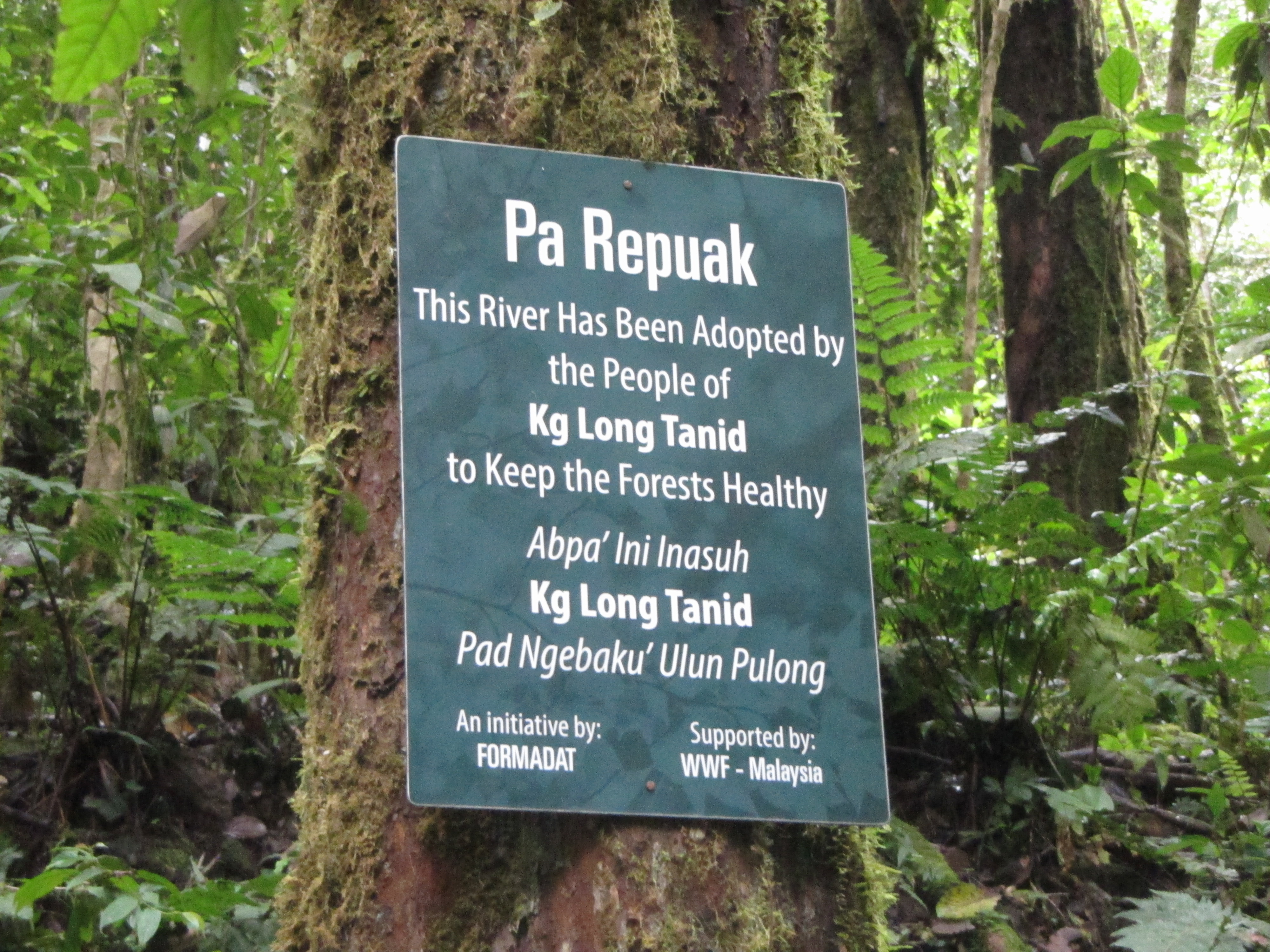The Protection of Water and Livelihood in Two Communities in Sarawak
Main Article Content
Abstract
The Penan and Lun Bawang communities practice sustainable management of natural resources in Sarawak. Both communities have a vocabulary which expresses simultaneously their claims to the usage of natural resources of the forests and rivers and their responsibility to conserve them for the future. Both communities pay special attention to the cleanliness of water which is vital for the production of their staple foods of sago and rice respectively. The arrival of logging companies since the late 1980s has resulted in contamination of the water. The Penan attempted to blockade logging roads and petition government while the Lun Bawang erected signage warning the loggers to stay away. These community lands merit definition as areas of High Conservation Value.
Article Details
References
Brosius, J. P. 1986. “River, forest and mountain: the Penan Gang landscape.” Sarawak Museum Journal, 6, 15: 173–184.
Brosius, J. P. 1990. “Penan hunter-gatherers of Sarawak, East Malaysia.” AnthroQuest, 42: 1–7.
Brosius, J. P. 1991. “Foraging in tropical rain forest: the case of the Penan of Sarawak, East Malaysia.” Human Ecology, 19, 2: 123–150.
Brown, E., N. Dudley, A. Lindhe, D. R. Muhtaman, C. Stewart, and T. Synnott (eds.). 2013. A Good Practice Guide for Identifying Hcvs across Different Ecosystems and Productions Systems. HCV Resource Network.
Crain, J. B. and V. Pearson-Rounds. 1999. “Wet rice in inner Borneo: the social and physical ecology of the Lundayeh/Lun Bawang lati’ ba’ system.” In V. T. King (ed), Rural Development and Social Science Research: Case Studies from Borneo, Borneo Research Proceedings Series Number 6, Borneo Research Council.
Janowski, M. 1988. “The motivation forces behind recent changes in the wet rice agricultural system in the Kelbit Highlands.” Sarawak Gazette, 114, 1504: 9–20.
Langub, J. 1988. “The Penan strategy.” In Julie S. Denslow and Christine Padoch (eds), The People of the Tropical Rain Forest, Berkeley: University of California Press, pp. 207-208.
Langub, J. 1989. “Some aspects of life of the Penan.” Sarawak Museum Journal (Special Issue No. 4, Part III), 40, 61: 169–184.
Langub, J. 2003 “lati’ ba’: the ecology of wet-rice cultivation in Borneo.” In Perspectives of the Biodiversity Research in the Western Pacific and Asia in the 21st Century, organized by DWPA (DIVERSITAS in Western Pacific and Asia); co-organized by the Research Institute for Humanity and Nature; and by the 21stt COE Biodiversity Program of Kyoto University, December 18–19, 2003.
Langub, J. 2011. “Making sense of the landscape: Eastern Penan perspectives.” Sarawak Museum Journal, 69, 90: 79–110.
Padoch, C. 1981. A Study of a Borneo System of Intensive Agriculture as a Model of Development. A final report submitted to the Consortium for the Study of Man and His Global Environment, mimeographed.
Padoch, C. 1983 “Agricultural practices of the Kerayan Lun Dayeh.” Borneo Research Bulletin, 15: 33–38.


